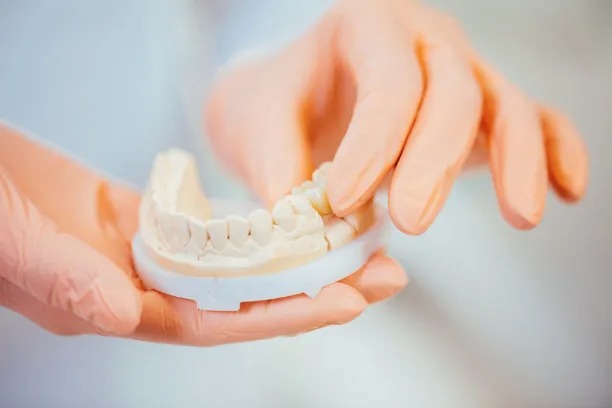Understanding the Process and Implications of Extracting a Tooth for Dental Health and Patient Wellbeing
Summary: Extracting a tooth is a significant procedure in dental health that can greatly impact a patients overall wellbeing. This article discusses the steps involved in tooth extraction, highlights the reasons why extractions are necessary, and examines the potential consequences on dental health. Furthermore, it explores ways to ensure patient comfort and promote effective healing post-procedure. Ultimately, understanding this process is essential not only for managing oral health but also for providing holistic care to patients. By the end of this article, readers will gain a comprehensive understanding of tooth extractions and their implications.
1. Importance of Tooth Extractions in Dental Health

Tooth extractions are often performed to address dental issues such as decay, infection, or crowding. When a tooth is severely damaged or diseased, removing it can prevent further complications. In many cases, extraction serves as a preventive measure, ensuring that neighboring teeth remain healthy and stable.
Moreover, in cases of overcrowding, tooth extraction may be necessary to create space for orthodontic treatment. By removing specific teeth, dentists can help align the remaining teeth, leading to better function and improved aesthetics. Thus, tooth extractions can play a crucial role in a patients overall oral health.
Additionally, patients suffering from severe gum disease may require extractions to eliminate sources of infection. By removing affected teeth, dentists can help stop the spread of bacteria and promote healthier gums. This preventive step is vital for maintaining both dental health and patient wellbeing.
2. The Process of Extracting a Tooth
The tooth extraction process typically begins with a thorough examination and assessment by the dentist. An X-ray may be taken to evaluate the tooths position and the surrounding bone structure. This information helps formulate a tailored extraction plan, ensuring a smoother procedure.
Once the plan is in place, the dentist administers anesthesia to numb the area around the tooth. This step is crucial for minimizing discomfort during the extraction. Depending on the complexity of the extraction, whether it is a simple or surgical extraction, additional sedatives might be considered to keep the patient relaxed.
During the extraction, the dentist carefully removes the tooth, taking care to minimize any trauma to the surrounding tissues. After the extraction, the dentist will provide post-operative instructions to ensure proper healing. This phase is essential for protecting the patients overall dental health and wellbeing.
3. Implications of Tooth Extraction on Dental Health
Tooth extraction can lead to a variety of implications for dental health. One immediate effect is the potential shifting of adjacent teeth. When a tooth is removed, neighboring teeth may begin to drift into the gap, resulting in misalignment, bite issues, and increased risk for further dental complications.
Moreover, extraction can result in bone loss in the jaw. The absence of a tooth means that the underlying bone no longer receives stimulation, which can lead to resorption over time. This change might affect facial aesthetics and may complicate future dental procedures, such as implants.
In some cases, patients might experience psychological effects due to tooth loss. Feelings of insecurity about one’s smile may arise, potentially impacting social interactions and self-esteem. Therefore, understanding these implications is crucial for preparing patients for the changes that follow an extraction.
4. Promoting Patient Comfort and Recovery
To ensure patient comfort during and after the extraction, effective pain management strategies are essential. Dentists often prescribe pain relief medications and provide detailed care instructions for managing discomfort at home. These measures aim to promote a smooth recovery process.
Additionally, patients should be monitored for any signs of complications, such as dry socket or prolonged bleeding. Regular follow-up appointments are essential to address any concerns and to ensure that the healing process is progressing adequately. Communication between the patient and dentist is vital for a successful recovery.
Moreover, educating patients on post-operative care significantly enhances recovery. Recommendations might include avoiding strenuous activities, adhering to a soft diet, and maintaining proper oral hygiene. By following these guidelines, patients can facilitate healing and minimize the risk of complications, securing their dental health and overall wellbeing.
Summary:
Through understanding the process and implications of tooth extractions, patients can recognize the importance of this procedure in maintaining dental health. While extractions may seem daunting, they often lead to healthier outcomes when managed properly. Educating patients about pre- and post-extraction care can significantly improve their experience and promote effective recovery.
This article is compiled by Vickong Dental and the content is for reference only.



